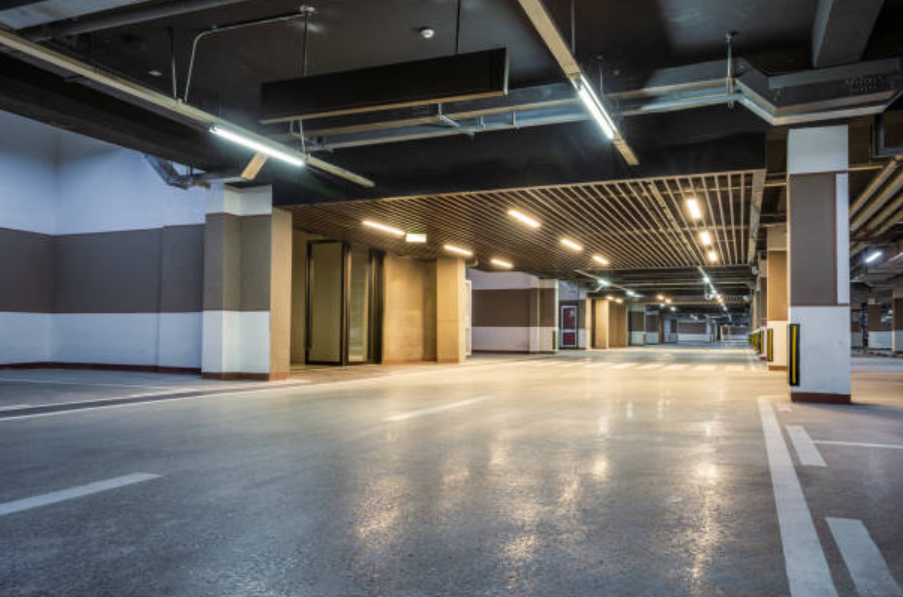
DICEMAN MODERN FARMHOUSE
The challenge for this build was to create a home that would appeal to a sophisticated buyer with features that an empty nester moving from a larger more expansive home would enjoy. The result is an energy efficient home which creatively uses space in an attractive, luxurious, and cost effective way.

Record-Low HERS Index Score Attained with Net-Zero Insulated Concrete Form (ICF) Home

Insulated Concrete Forms (ICF) Vs. Wood-Frame Construction
Insulated concrete forms (ICF) create a more energy-efficient, quiet, and healthy building than one built with wood-frame construction. ICF buildings are also more resistant to disaster, fire, insect, and moisture intrusion than wood-frame structures.

A Complete Guide to Hurricane-Resistant Buildings

7 Home Building Trends for 2022

Benefits of Accelerating the Design Process and Construction Completion Schedule

How to Insulate Block Walls for Optimal Thermal Efficiency
Want to improve thermal efficiency? Learn how to insulate block walls effectively with the best methods and materials for energy-saving results!

How Much Does it Cost to Build a Warehouse?
A business must consider several expenses when determining the overall cost of building a warehouse: soft, hard, long-term, and finance costs.

11 Must Haves for Energy Efficient Homes in Canada and the Northern U.S.
North America’s long-cold, sub-zero winters demand energy-efficient homes that save Canadian and American homeowners money while keeping their families warm and comfortable.

How to Build a Parking Garage That Performs for Decades